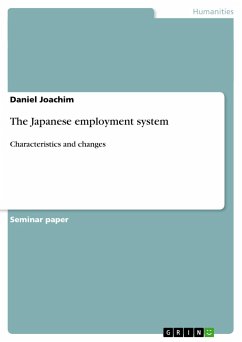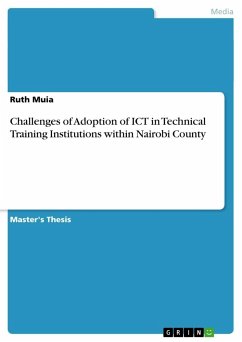Seminar paper from the year 2006 in the subject Sociology - Work, Profession, Education, Organisation, grade: 1,7, University of Osnabrück, course: Economical and Technical Development and Organisation, WS 05/06, language: English, abstract: After Japan recovered from the disastrous defeat of World War II, its enormous economicgrowth provided a series of questions to the world's leading economists. With constantgrowth rates over 11% on average in the 1960s, Japan had the world's second largestGDP.Seeking explanations and reasons for this phenomenon, soon a couple of importantinfluences on the Japanese economy were found. The increased demands on Japaneseproducts during the conflicts in Vietnam after the Second World War (which led to theVietnam War 1964-1973) and the Korean War 1950 to 1953 as well as the government aidfor selected industries and protective duty accelerated its growth, which exceeded allformer expectations1.Another important element of the Japanese prosperity wasmet with the Japanese-styleemployment system2. What would primarily influence the image of the Japanese to thefurther decades, the industrious, never sleeping blue-collar and white-collar workers,fulfilling a life for the company in a state of mutual dependence, is the result of anelaborate employment system.And in fact, lifetime employment, a predetermined career path and the seniority-basedwage system were established to commit the regular workers to "their" company, while thetemporary workers still did not reach a similar status.This "Japanese Model", as several authors call it, is subject to constant change. Eventhough the system was never fixed, it changed its surface not before the "collapse of thebubble" in 1990.Shortly after this prolonged economic recession, which forced every industrialised countryto undertake economic restructuring, Japan was able to recover very fast through strictrationalisation and a revision of its employment system. Today, Japan has changed. Stillthe second largest economy of the world, it has toconfront an economic growth close to 2%. With this comes a call for a more flexibleemployment system which still has to pay the regular workers who many years ago wereattracted with the seniority-based wage system reflecting the workers higher needs insubsequent years. Furthermore, the new generation of workers is organised in unions andknows their value to the market, and would not agree earning half the sum a senescentworker does.








